Our representatives are available to schedule your appointment Monday through Friday from 9am to 5pm.
For a Northwell ambulance, call
(833) 259-2367.
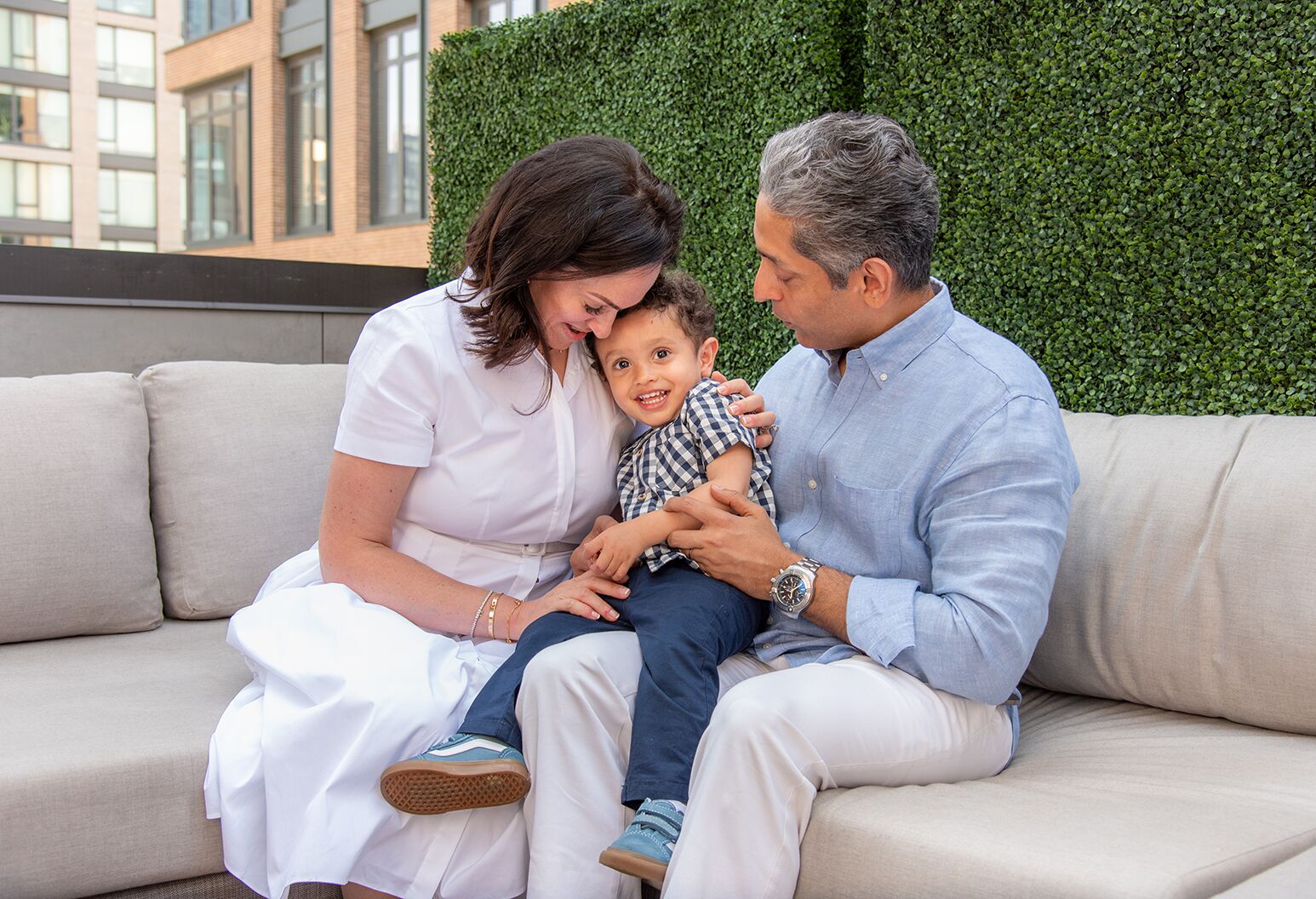
It was when the 911 dispatcher said, “Ma’am, you’re on an island,” that Sarah Pachtman-Shetty, MD, started to panic. Her 23-month-old toddler, Orion, had fallen ill on the family’s getaway to the Caribbean island of St Maarten. He had been clingy on Friday night; the next day, he didn’t eat, didn’t play, and by evening, was lethargic and wheezing.
Dr. Pachtman-Shetty, a fetal medicine doctor at Northwell Health, knew just how sick he was. All she had to do was look at Orion’s abdominal muscles — they were working hard when he tried to pull in a breath, a classic sign of respiratory distress. That’s when she and her husband, Vikram Shetty, called 911. When she asked the dispatcher about the local medical resources, she got the response that made things painfully clear. “I was so freaked out about how I was going to make him safe,” she recalls.
Her worry only got worse when they arrived at the ER. Orion’s oxygen level was low — 85% saturation when it should have been 99%. Yet there were no oxygen delivery masks that fit children, and no small nasal cannula a device consisting of tubes that enter the nose and deliver supplemental oxygen to patients with trouble breathing.
Dr. Pachtman-Shetty requested a chest X-ray, and when she looked at the images, her heart sank. She saw an almost complete whiteout of his right lung. Orion had pneumonia. This led to empyema, a condition in which the pleural space — the area between the lungs and the chest wall — fills with pus due to infection. The combination of this empyema and Orion’s pneumonia left him struggling to breathe.
“I was overwhelmed with fear,” Dr. Pachtman-Shetty says. “I knew we needed emergency treatment. But I wasn’t sure how we were going to get it.”
The family was facing a danger that, though rare, can crop up for any parent who travels with a child to an area without a hospital equipped for pediatric emergencies. Most childhood illnesses can be easily handled with care from local providers or a telehealth visit with a doc back home. But if a child gets seriously ill, the best fix may be to arrange for transport to a hospital near home. That can become a panicked scramble for parents unsure of even the first step.
Dr. Pachtman-Shetty had a couple of advantages; she understood the gravity of the situation better than most parents would, and she had connections at Northwell. In the end, though, Orion’s transfer proceeded just like it would have for the child of a schoolteacher or plumber. At times it seemed impossible. But thanks to the efforts of scores of caring strangers and the mobilization of a volunteer evacuation system that most people never see, Orion got the care he needed.
Dr. Pachtman-Shetty forced herself to wait until the sun rose, then started texting, messaging and posting throughout her networks, including a Facebook group of 80,000 physician moms.
She also put in a call to her insurance company. Although that’s generally a good first step, the representative told her they didn’t help organize air transfers. Instead, the rep connected her with Northwell’s Center for Emergency Medical Services. The center coordinates transfers for patients needing care at Northwell, including those who require air transport. Dr. Pachtman-Shetty had made numerous calls to the center for her patients over the years and recognized the voice on the other end — Jarron Crawford, a paramedic and transfer coordinator. “When I heard Jay’s voice, I had the hugest relief,” she says.
Crawford quickly connected Dr. Pachtman-Shetty to Matt Harris, MD, medical director of pediatric and neonatal critical care transport at Northwell’s Cohen Children’s Medical Center. Dr. Harris had just gotten home from an overnight shift at the pediatric emergency department and was looking forward to a few hours of sleep, but he immediately let Dr. Pachtman-Shetty know he was on the job. “I could tell it was serious,” Dr. Harris remembers. “I switched into gear and started making calls.”
Meanwhile, Dr. Pachtman-Shetty and her husband faced a potentially life-or-death decision. Orion needed a procedure to drain his lungs so he could breathe more easily. The hospital didn’t have a surgeon, but the ER doctor had located an anesthesiologist and general surgeon from Aruba who were moonlighting on the island.
They agreed to perform the procedure, even though they weren’t pediatric specialists. “I’ve never been so afraid of anything in my life,” Dr. Pachtman-Shetty says.
But the procedure went smoothly. The surgeon removed more than 500 ccs of fluid and pus — about 2 cups — from Orion’s tiny lungs. Orion was returned to the makeshift pediatric ICU, where he was fitted with an adult-sized oxygen mask in the hope that it would buy some time.
Dr. Harris knew he had to move fast. Dr. Pachtman-Shetty had shown him videos of Orion’s struggle to breathe. “It was bad. If I saw him at our hospital, I would have sent him straight to the ICU,” he says. “I was really worried he would stop breathing.”
He knew they’d need to clear a lot of barriers to get Orion home. In addition to his role at Cohen Children’s, Dr. Harris is also the pediatric medical director at Hatzolah Air, a Jewish all-volunteer medical evacuation service that operates around the globe. Hatzolah Air’s mission is to provide emergency air transport when traditional ambulance transport is not an option. Dr. Harris’s job is to find the staff and equipment to launch a rescue.
Typically, that takes days, Dr. Harris says, but Orion didn’t have that kind of time. Ultimately, he and Crawford would spend the next 8 hours on the phone, arranging a landing permit for an air ambulance, getting permission for the specialists who would accompany the plane to practice medicine when they arrived, and navigating other logistical hurdles.
His first challenge was to find a plane. All of Hatzolah Air’s planes were already in use, but one was headed for an adult patient who was relatively stable; Dr. Harris arranged for it to turn around mid-air and head back East. (The adult patient was transported a short time later and wasn’t harmed by the delay.)
Then he set about coordinating a team of Hatzolah volunteers — a pediatric intensivist, an anesthesiologist, a respiratory therapist and two paramedics who could board the plane in Miami for the last leg of the journey to St. Maarten. Every hour, he paused to call or FaceTime Dr. Pachtman-Shetty to provide an update and reassurance. While Orion had the procedure to remove the fluid, Dr. Harris kept her company on the phone.
Finally, the plane landed, and the Hatzolah medical volunteers came through the hospital doors. They brought their own equipment, including a BiPAP machine, or a bilevel positive airway pressure machine. A device that delivers pressurized air through a facemask, it was more effective than the oxygen mask Orion had on. “The BiPAP probably saved his life,” says Dr. Harris.
Dr. Pachtman-Shetty finally started to hope. “When I saw their faces, I thought, okay, they know what they’re doing. They’re going to make this happen.”
But Orion was still in critical condition. Flying would be risky because of the difference in air pressure, so the team gave him medication to make him sleep on the plane and monitored his oxygen. As soon as they landed, the ambulance whisked the family to Cohen Children’s Medical Center.
James Schneider, MD, head of the pediatric intensive care unit (PICU), was waiting. He immediately placed Orion in the critical care unit and turned his attention to the fluid that had once again accumulated around Orion’s lungs.
The team inserted a drainage tube, but Orion’s infection had produced scarring, creating pockets of infected material that couldn’t be reached. In such cases, doctors often inject a clot-busting medication called tPA to break up the scarring. Generally, it’s given once a day for three days. But by day four, the walls in Orion’s lungs hadn’t budged.
Dr. Schneider decided to try one more injection, but things quickly went south as Orion started to bleed from his lungs. He went into hypovolemic shock, a state in which the heart cannot pump blood due to low fluid levels in the body. Quickly, the medical team gave him a transfusion with plasma to help with clotting. Finally, Orion stabilized. By later that day, the pockets were starting to dissolve.
Finally, Orion was on the mend.
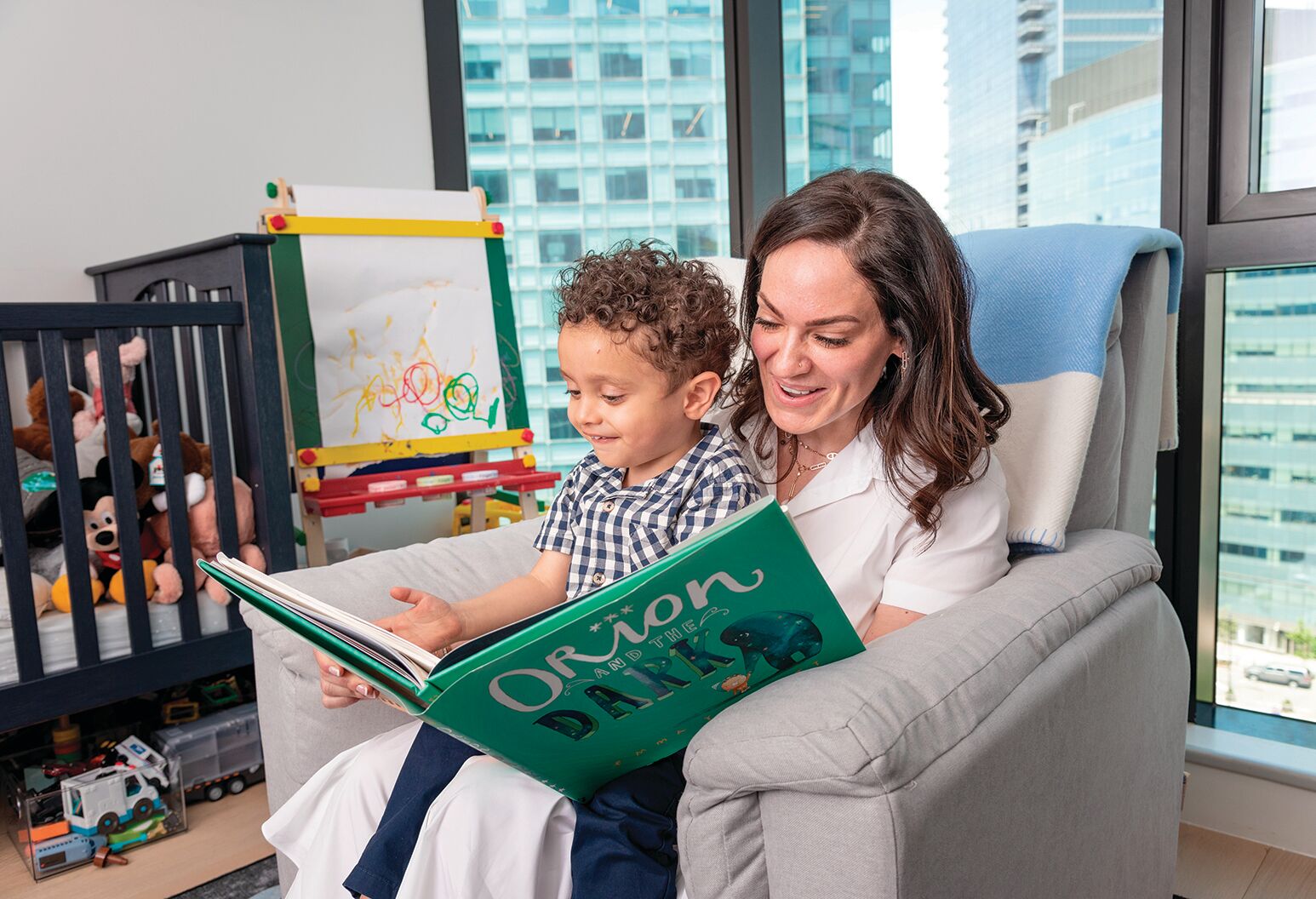
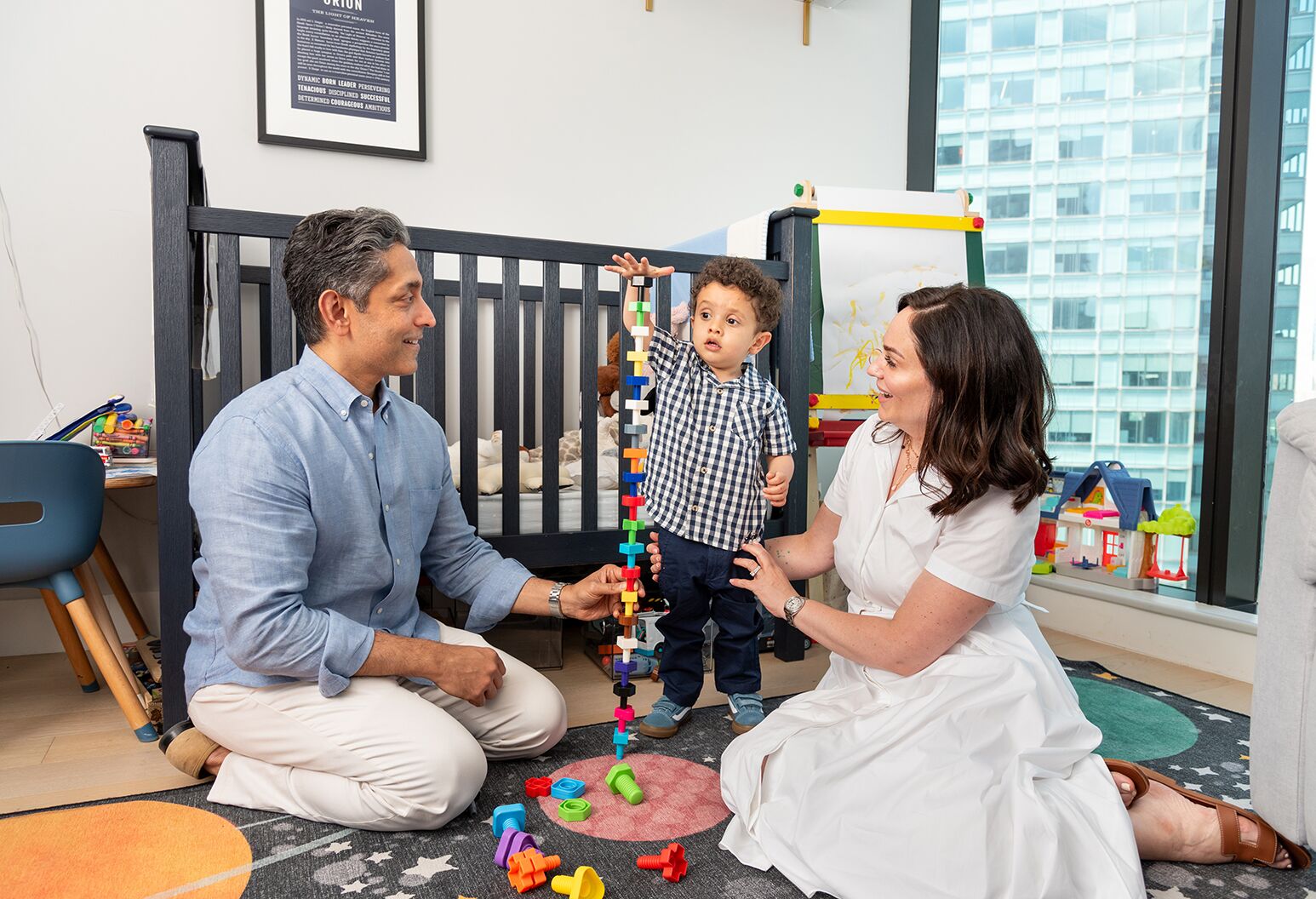


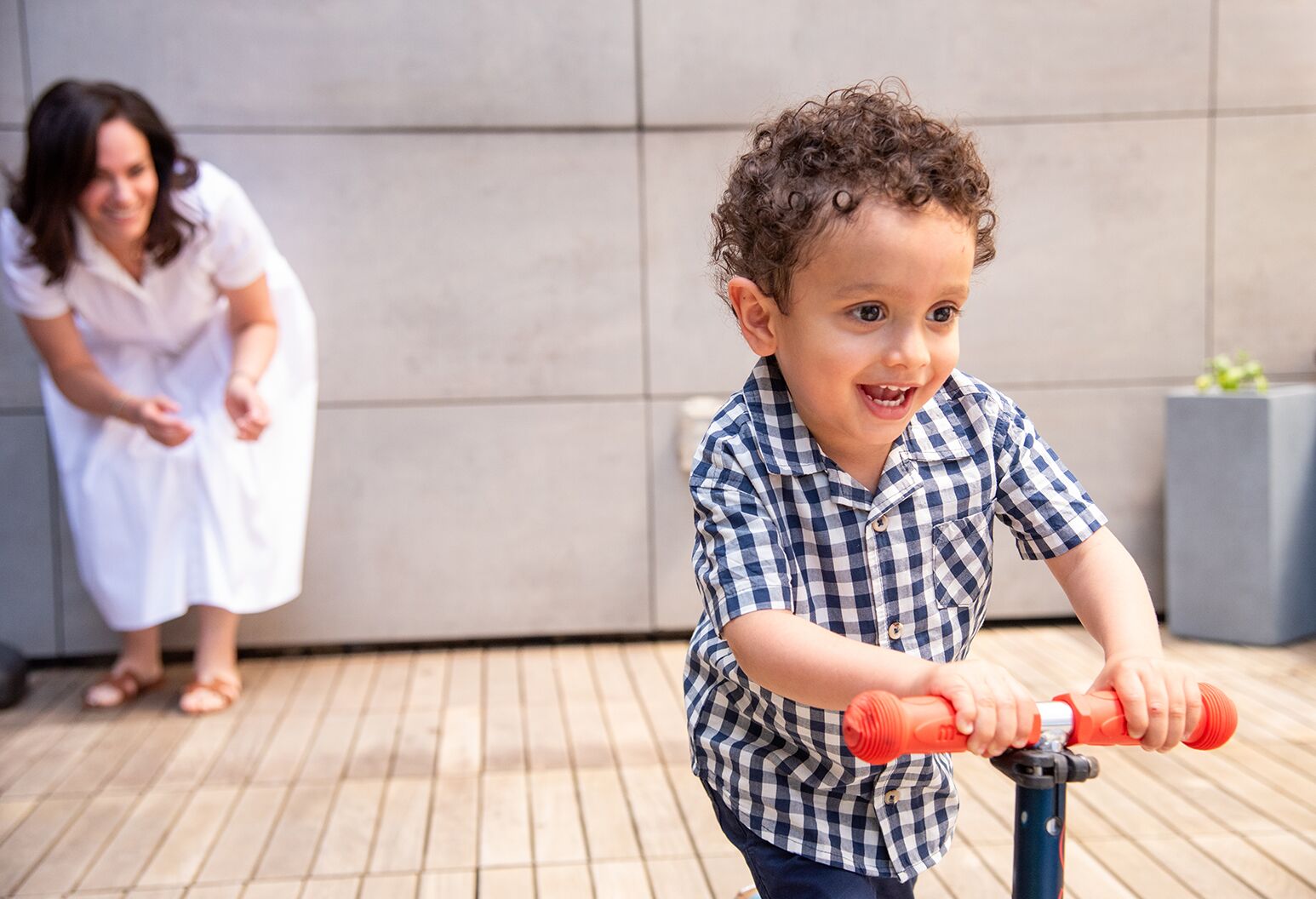
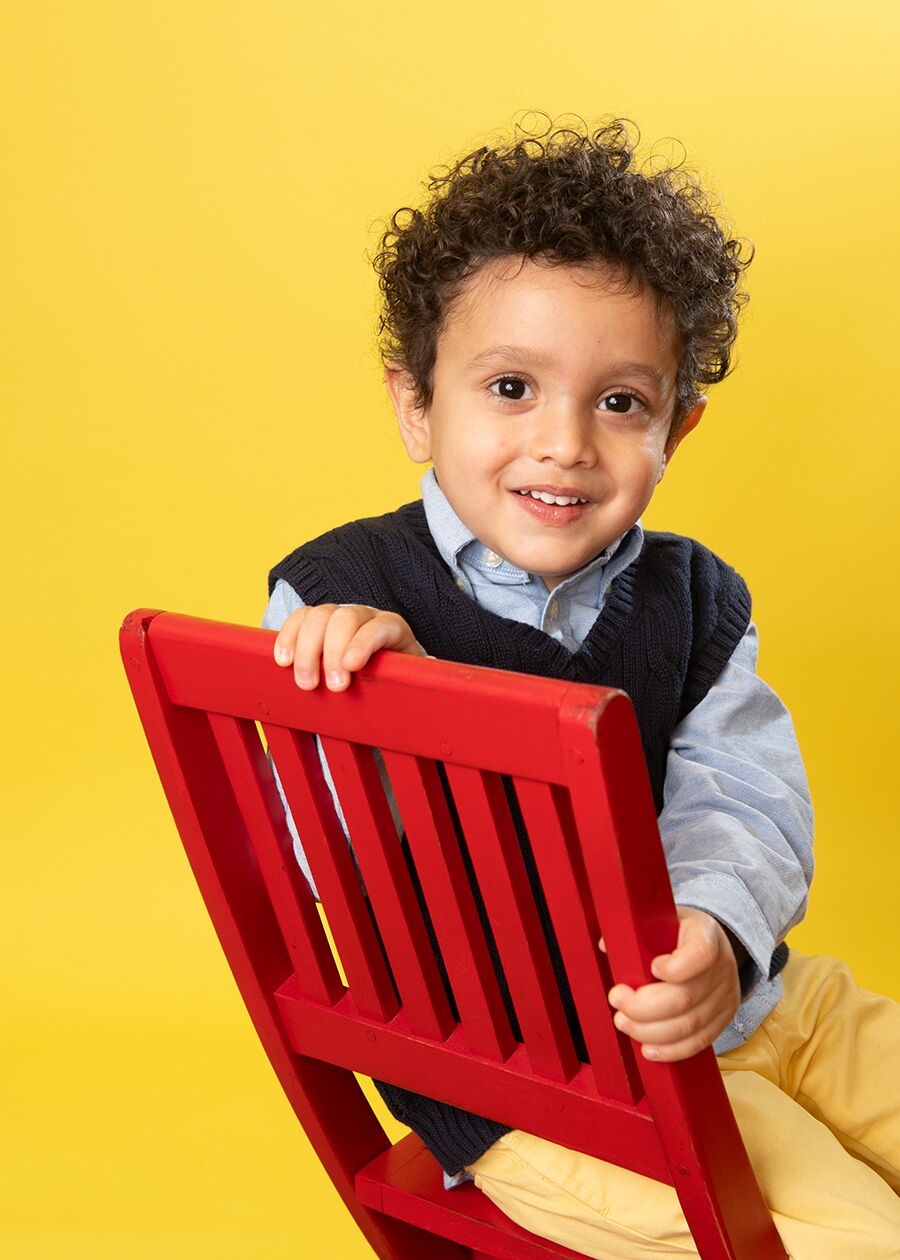
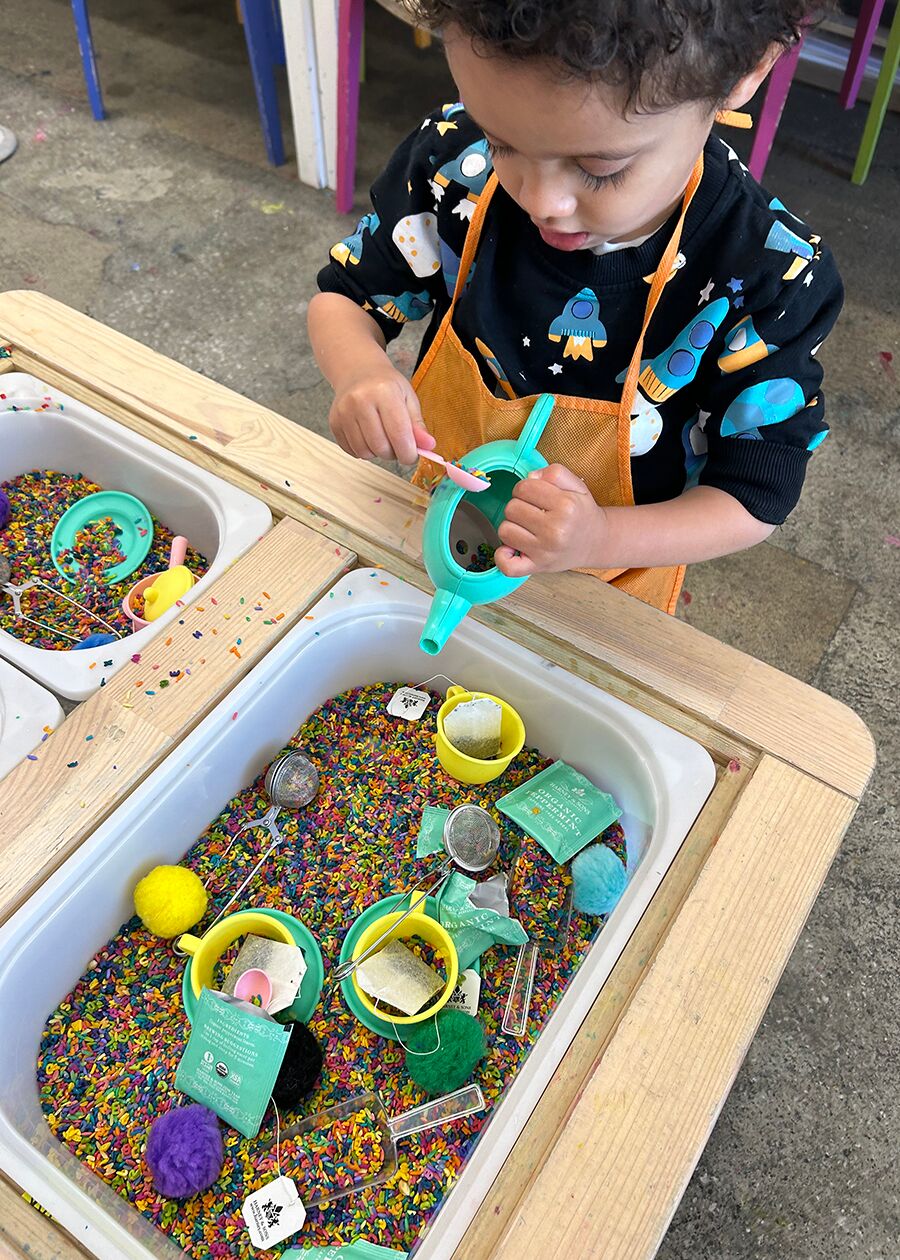

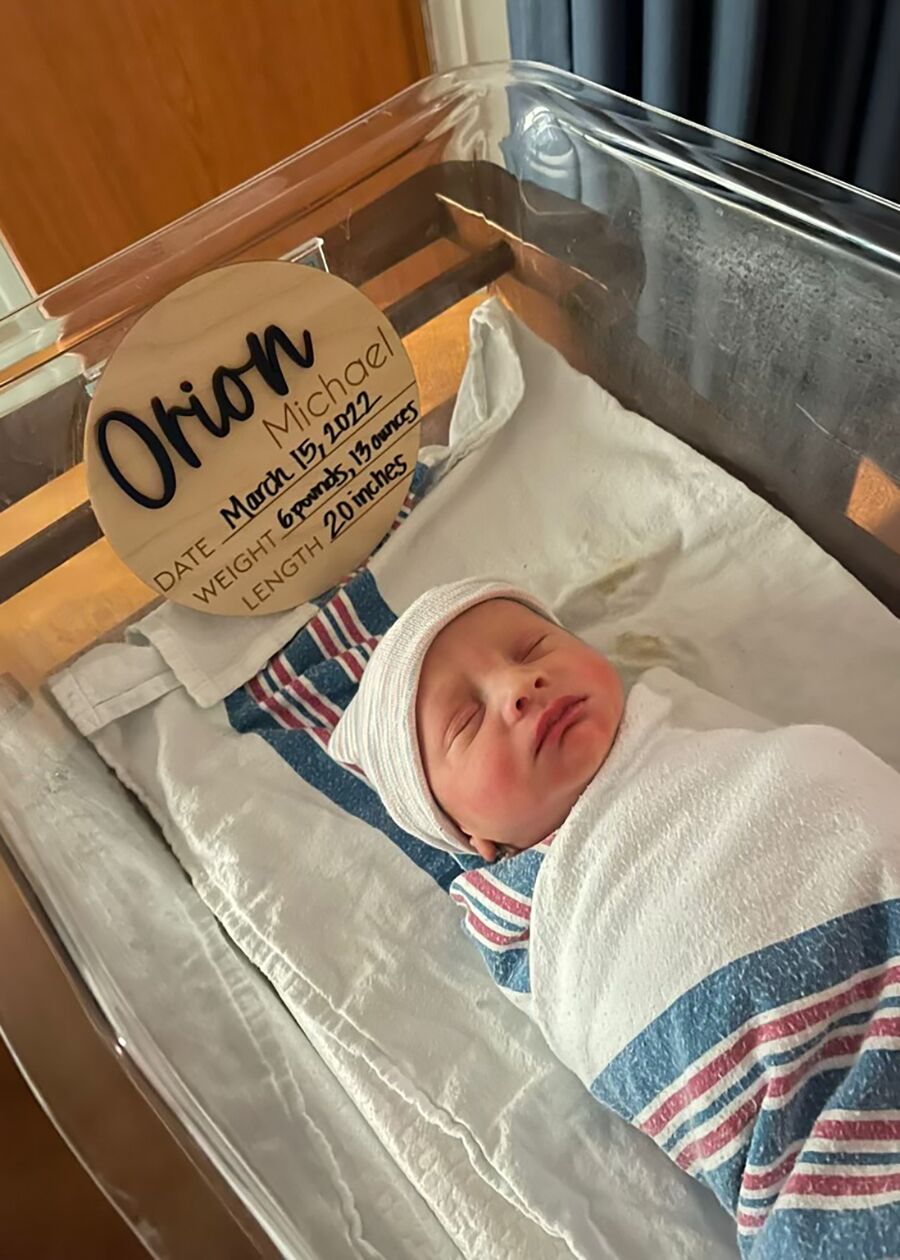
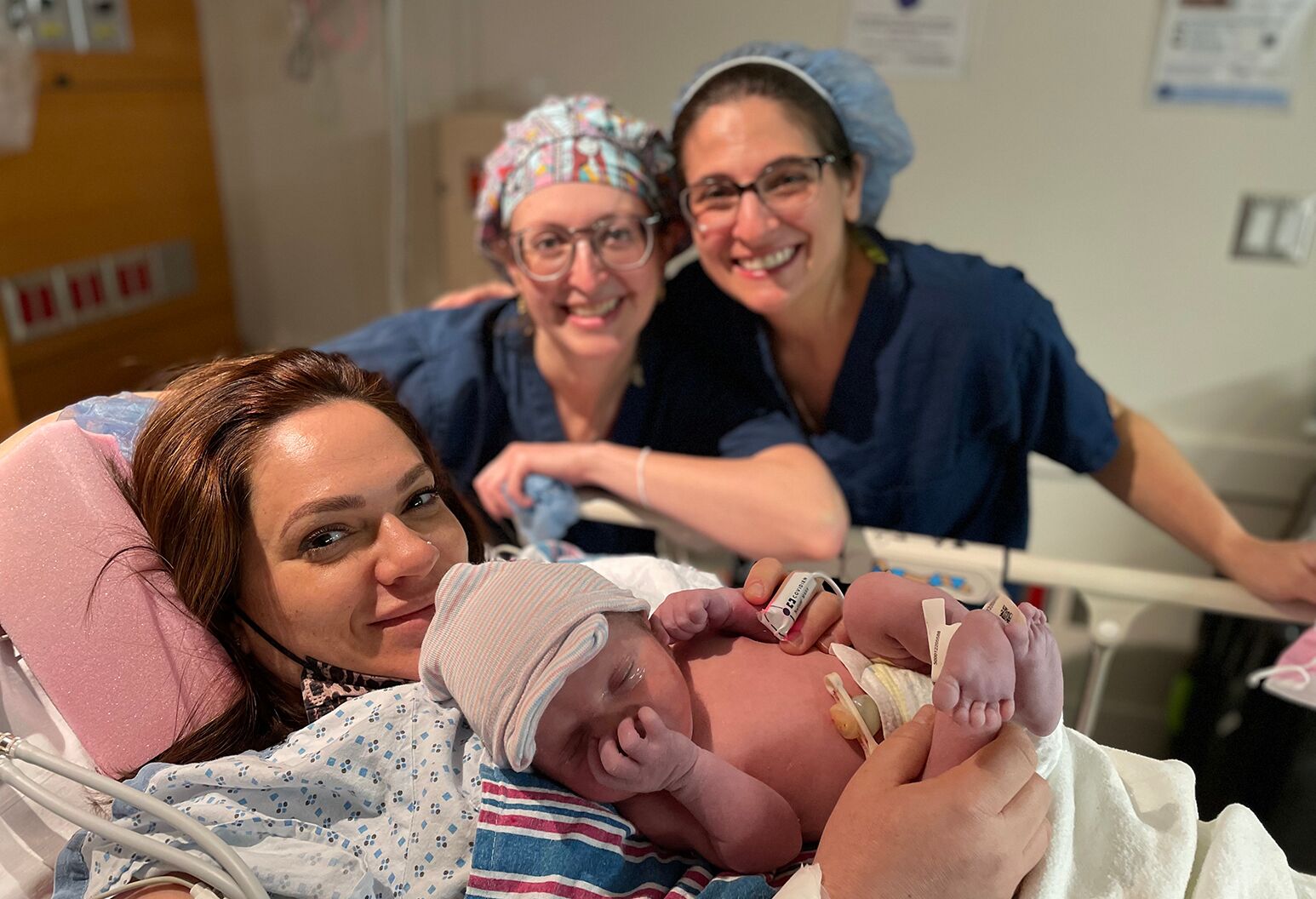
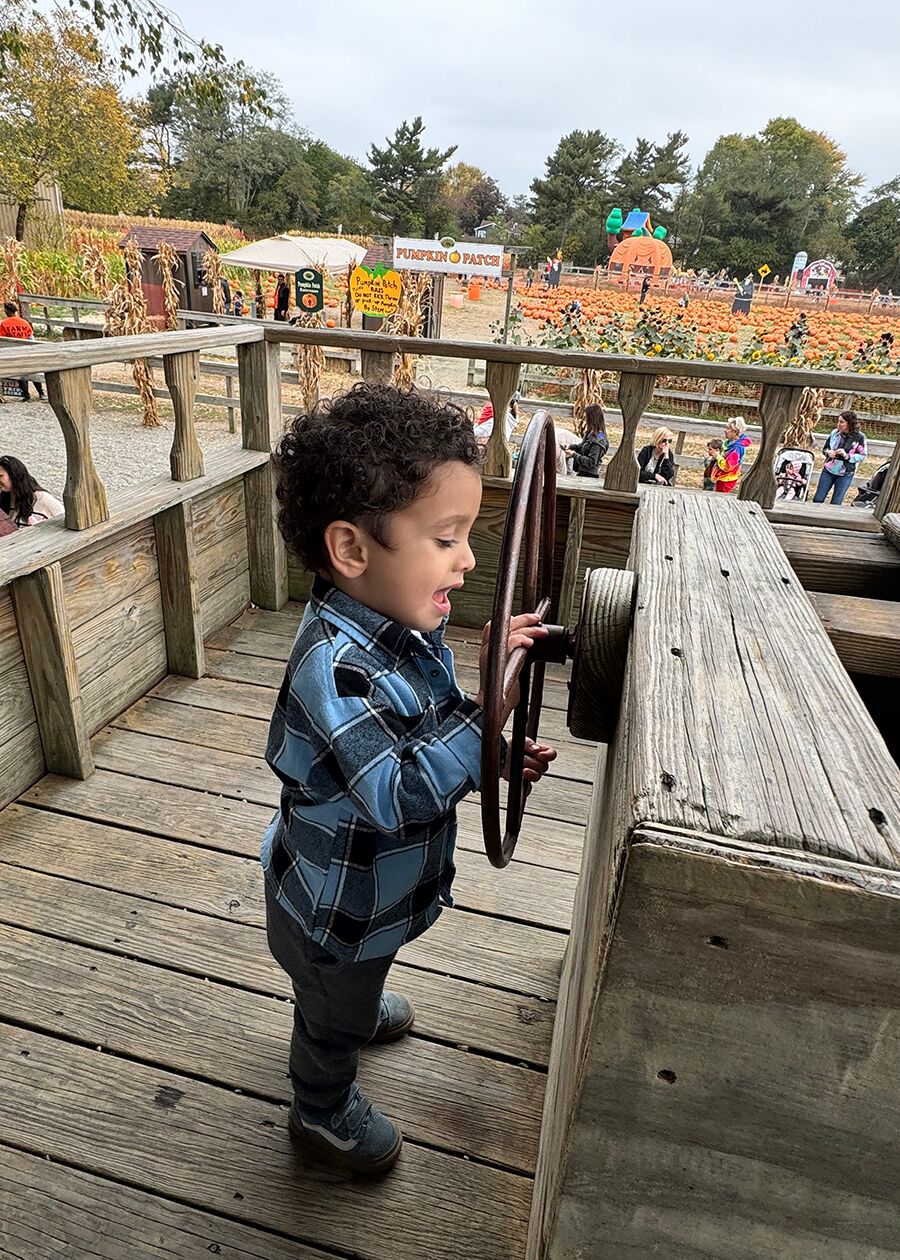
Orion was in the PICU for three weeks, and even celebrated his two-year birthday there. Now back home, he doesn’t remember much of what happened to him. “He thinks he had cake and ice cream and pizza on his birthday but really he had chest tubes and antibiotics,” Dr. Pachtman-Shetty says.
As for Dr. Pachtman-Shetty, she’s still recovering. On future trips, she says, she’ll check ahead to make sure there’s a pediatric hospital at their destination. She’ll get air evacuation insurance, too.
For now, though, she’s just grateful to have her boy home, and for the support of the community that made it happen. “His recovery was a miracle,” she says. “And everyone who helped was a hero.”
Medical emergencies are rare for families traveling far from home, says Dr. Harris, but if they arise, a few steps can help. Before you go:
If trouble arises:
Our representatives are available to schedule your appointment Monday through Friday from 9am to 5pm.
For a Northwell ambulance, call
(833) 259-2367.